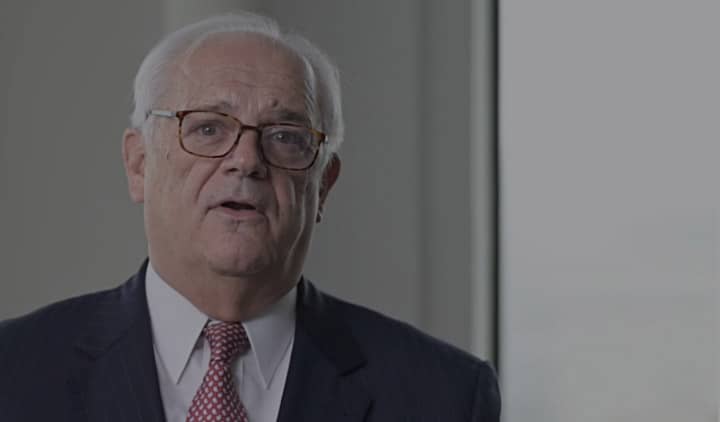Every San Francisco bicyclist should understand the rules of the road for biking in the Bay Area. Bicycles are an environmentally friendly alternative mode of transportation for many people while others simply ride for exercise or leisure. Regardless of why you ride your bike in San Francisco, you need to know how to safely navigate the city’s busy streets.
Staying on the Road
Bicyclists may not ride on sidewalks unless they are younger than 13 years old. This means all San Francisco cyclists should ride in the road and keep to the bike lane wherever there is one available. Cyclists have the same rights and responsibilities as motor vehicle drivers, meaning they have the option to “take the lane” and move into position to execute turns when necessary.
Bicyclists should never ride against the flow of traffic and always keep to the right. If you ride on the left, a driver making a right-hand turn on to the street on which you are riding may not expect a cyclist coming head-on and crash into the cyclist. A car traveling in the opposite direction could execute a turn in front of the cyclist with no room for the cyclist to stop. This is a concern when riding on the right side of the road as well.

Avoid Blind Spots
Every motor vehicle driver contends with blind spots, or areas immediately surrounding the vehicle the driver cannot see without turning his or her head. Blind spots are usually on the sides behind the rear passenger doors of a vehicle, but different vehicles have different blind spots. Cyclists should not linger in areas that make it difficult for drivers to see them.
Passing on the left is generally dangerous in busy traffic, but for cyclists, it is often necessary. If a bicyclist is trailing a motor vehicle driver who wants to execute a right-hand turn, the driver may need to enter the bike lane to do so and the bicyclist can pass the driver on the left in the main lane. Making yourself more visible helps other nearby drivers notice you and avoid accidents.
Make Yourself Visible
If you ride at night, always wear reflective clothing and install a headlight and taillight on your bicycle to help passing vehicles spot you more easily. The California Vehicle Code requires reflectors and a white headlight for bicycles at night, so be sure to invest in these accessories to avoid potential fines.
While riding in or around traffic, use hand signals to designate when you intend to turn or slow down. Extending one arm down to your side with your palm facing backward is a generally accepted signal for slowing down on a bicycle. Extending an arm straight out to one side indicates your intention to turn in that direction; be sure to check that the lane is clear before changing lanes or executing turns.
Avoid Distractions
The California Vehicle Code allows cyclists to use hands-free devices while riding if one ear is free of headphones. If you want to listen to music or your favorite podcasts while riding, be sure you leave one ear open. Since cyclists should keep to the right whenever possible, keeping your left ear free of headphones helps ensure you can hear traffic changes and hazards in the road nearby.
The California Vehicle Code Section 21212 requires all riders under the age of 18 to wear appropriately-fitting helmets while riding. While adults have the option to ride helmetless, doing so dramatically increases the risk of a traumatic or fatal head injury in a serious accident. All riders should consider wearing appropriate helmets to protect themselves on San Francisco roads.


